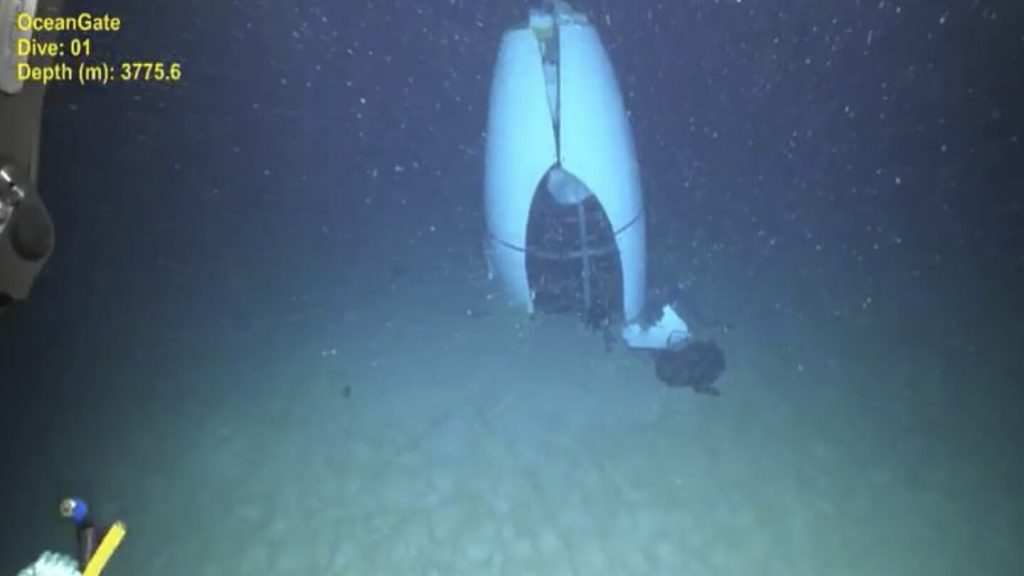A Coast Guard panel concluded two weeks of testimony in a public hearing to determine why an experimental deep-water submersible, the Titan, imploded, killing five people. The panel heard conflicting viewpoints on whether the company responsible for the Titan ignored warning signs in the pursuit of profits or represented the spirit of exploration by taking calculated risks. New information revealed that the crew of Titan’s support vessel felt a slight shudder before the implosion, which could have changed the rescue response. An OceanGate employee testified that co-founder Stockton Rush dismissed U.S. regulatory concerns and arrogantly suggested buying a congressman to avoid issues.
The public hearing concluded with condolences for the victims, and the chair of the Marine Board of Investigation, Jason Neubauer, stated that the panel would press for changes and make recommendations to prevent similar incidents in the future. Testimony revealed conflicting motivations within OceanGate, with some describing the company’s goal as giving humanity access to the deep ocean while others claimed the focus was solely on profit-making. The carbon-fiber pressure hull of Titan was a point of concern, with experts testifying about the material’s susceptibility to fatigue failure and weakness when exposed to salt water.
Witnesses recounted hearing loud cracking sounds during previous descents, and a scientific director described a ballast problem that caused instability on a dive before the implosion. During the final dive on June 18, 2023, contact with the Titan crew was lost, and the crew of the support ship grew concerned before finding the wreckage. The Coast Guard led a massive rescue operation, mobilizing experts and resources to search for survivors. Despite the efforts, it was determined that there were no survivors, and the Titan’s debris field was located near the Titanic wreck.
The Coast Guard’s massive effort to bring a remote submersible capable of researching the ocean floor to the scene involved the use of C-17 military transport aircraft to move equipment to Canada’s Newfoundland. The remote-operated submersible “Odysseus” from Pelagic Research Services quickly located the Titan’s debris field once on site. The panel will make recommendations to prevent future incidents, including safety proposals and addressing any potential criminal conduct. The conflicting perspectives on the company’s motivations and the challenges of using carbon fiber in deep-sea exploration underscore the complexities of pushing the boundaries of human exploration while prioritizing safety and responsibility.
The tragedy of the Titan implosion serves as a stark reminder of the risks involved in deep-sea exploration and the importance of rigorous safety protocols. The testimonies from witnesses highlighted the need for thorough review and oversight of experimental submersibles to prevent similar incidents in the future. As the investigation continues and recommendations are made, the hope is that lessons learned from this tragedy will lead to improved safety measures and a better understanding of the challenges associated with exploring the ocean’s deepest depths. The families of the victims, as well as the entire maritime community, await the outcome of the panel’s recommendations and the implications it may have for the future of deep-sea exploration.


